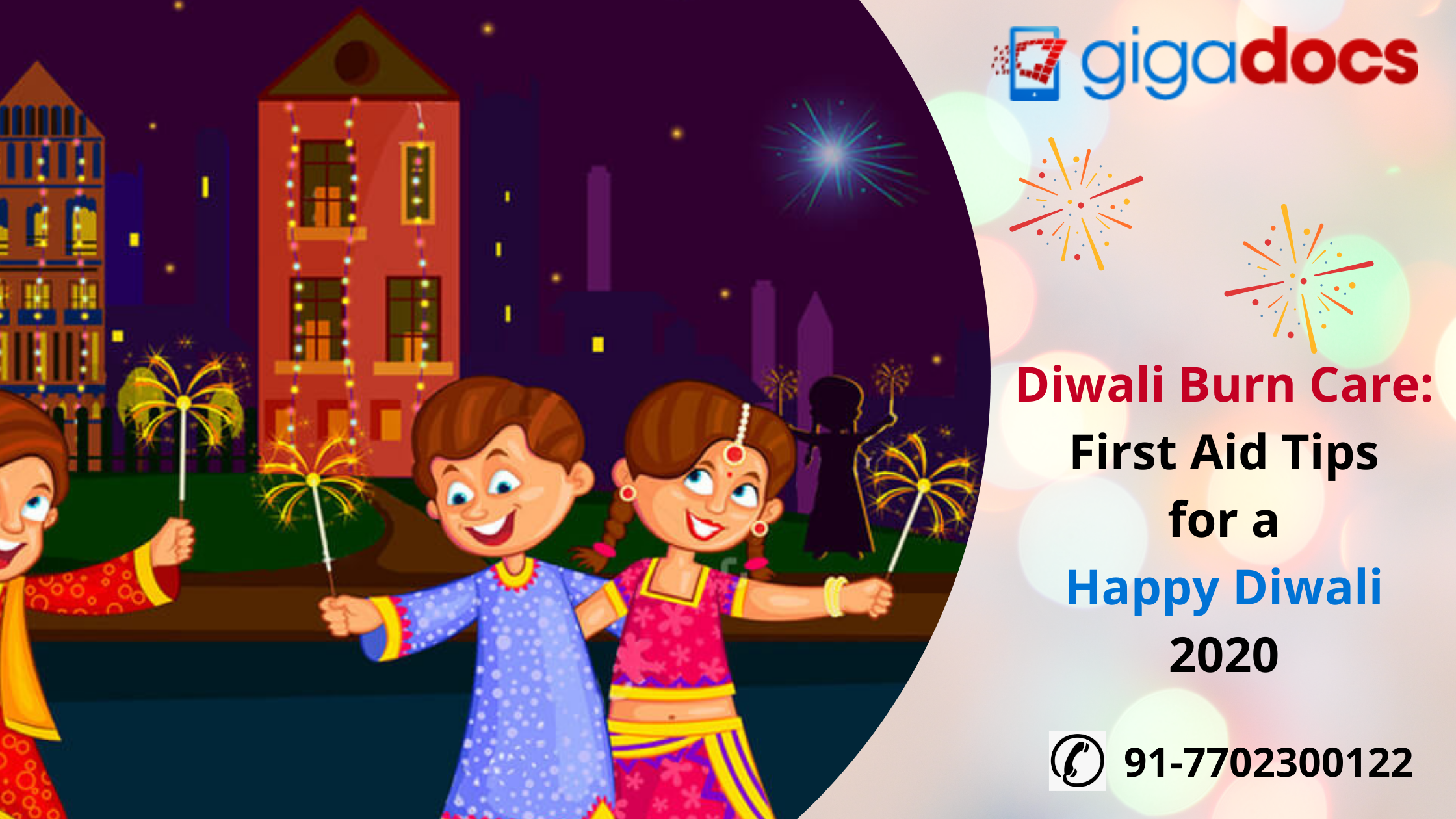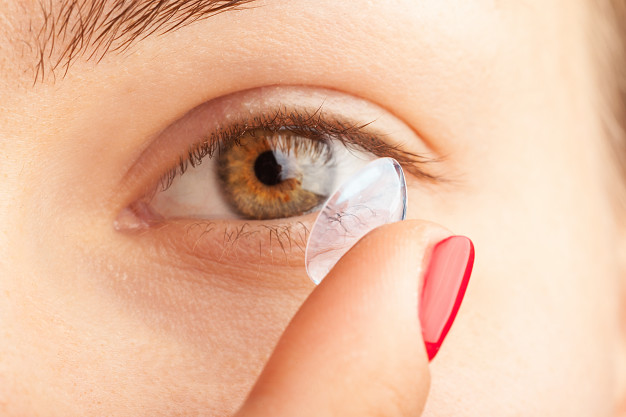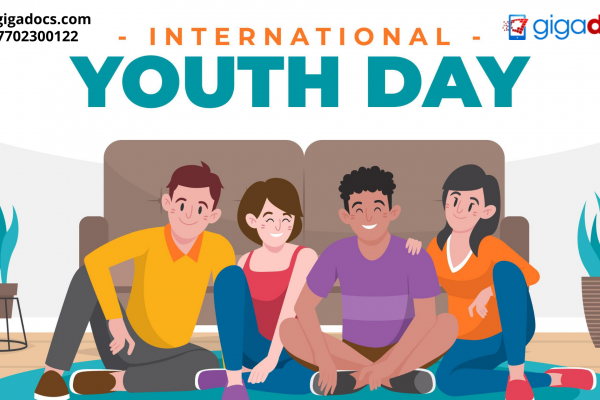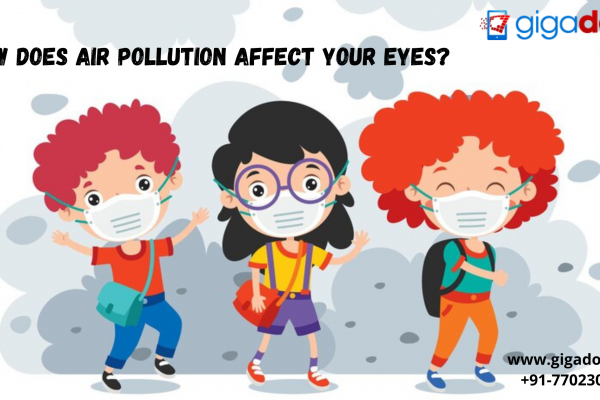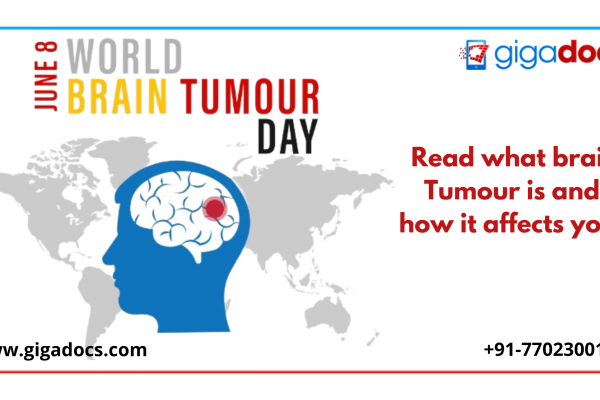Diwali, the five-day celebration brings along Diwali decorations, Diwali lights, and get-togethers. The risk of burns and accidental injuries multiply during the festival of lights. Diwali related burns may be caused by the lightening of Diwali diyas, accidental fires at the place of cooking, or bursting firecrackers without any safety precautions. Diwali fires may lead to severe burn injuries which can be dangerous and life-threatening, if not treated on time.
Deepawali and Burn Accidents
About 95% of the Diwali burns are accidental and affect women and children the most, who account for as high as 80% of the burn scars and burn marks. Over 40% of burns are caused while cooking, 20% are caused by spilling of hot liquids like water, ghee, and cooking oil.
Most of these burns are first degree and minor, but firecracker burns can be more serious requiring immediate medical attention. Burn accidents may injure-
- Hands and Fingers (35%)
- Head, Face, and Ears (20%)
- Eyes (15%)
- Arms (10%)
- Limbs surrounding the Trunk (10%)
- Legs (10%)
Type of Diwali Burns
Ever wondered why a burn is so harmful?
Diwali fires impact the epidermis, which is the outermost layer of the skin. Subsequently, the other layers dermis and hypodermis are affected. The degree of injuries depends on the heat and time for which the skin is exposed to the burns.
Diwali burns are categorized into-
- First-degree burns- They are superficial burns that involve the top layer of the skin (epidermis), consequently making it red and dry. The most common burns are first-degree pains resulting in swelling and severe pain.
- Second-degree burns– Are partial burns that involve both the inner and outer layers of the skin (epidermis and dermis). Second-degree burns are painful, cause swelling, blisters which may open and ooze out a fluid.
- Third-degree burns– Are the highest degree burns, and destroy the interior layers of the skin. Third-degree burns may appear brown with the interior of the skin turning charred white. Also called full-thickness burns, they affect the muscles, bones, blood vessels, and nerves that lie beneath the skin.
Healing Burn Scars and Burn Marks
Eye injuries
Eye injuries affect almost 15% of the total burn scars. They may happen even if a small piece of the firecracker hits the eye exposing to inflammation and smoke. When an eye injury occurs, it is advised to flush the eyes with cold water to restrict the extent of the damage. Avoid ice cubes and reach out to an ophthalmologist on the Gigadocs app, which lets you consult eye specialists from the privacy and security of your home.
Flame Burns
Flame burns occur when lit sparkles or firecracker flames cause extensive damage to the skin. Flame burns are extremely painful and may cause swelling and skin irritation. In the case of flame burns administer first aid and consult a burns specialist.
Smoke Inhalation
Three-four days of dangerous firecracker toxic fume inhalation, are enough for one to develop acute respiratory distress syndrome (ARDS). Smoke inhalation injury is dangerous and requires medical attention.
Enclosed space fires may cause stress when a person tends to intake more breaths than normal. Even a minute of inhalation can cause severe lung damage. Warning signs of an inhalation injury include burning sensation, redness around the lips and nose, and swelling.
First Aid and Safe Burn Dressing Tips
Fire injuries may start from a minor spark and take the form of a massive fire. In that case, the following first aid steps must be taken-
- Cool the burnt area under running water for five minutes, or until the pain subsides.
- After the fire is bought under control, remove the burning clothes from the person to curb damage.
- Water will reduce the temperature of the burns and cause relief.
- Do not throw a blanket over a fire, this will trap the heat inside and harm the injured. After the fire is extinguished, cover a blanket to ensure that the person’s body does not catch hypothermia.
- Do not apply any ointments, or toothpaste to the injured part.
- Do not pop the blisters they will self-heal.
- Speak to your doctor on the Gigadocs app, for medications
- After you have consulted a doctor, consider over-the-counter pain medications, like ibuprofen for pain and inflammation.
- Protect the burnt area. To minimize scarring do not expose it to direct sunlight, especially with people who have darker skin tones.
- Keep 1-2 buckets of water handy in case there is a burn injury, wear facemasks, and don’t use inflammable sanitizers they increase the probability of burn accidents.
- Prepare a first aid kit for burn treatment and keep it at a commonplace within the reach of everyone.
Burn Scar Treatment with Gigadocs
Less severe burns may heal in less than a fortnight and leave no scar marks. Severe burn injuries may take more time that varies between a fortnight to 21 days to heal. More severe burn injuries need a detailed examination by a dermatologist and burn specialist.
Book a dermatologist and burn specialist on the Gigadocs practice management app. Gigadocs brings a complete range of digital healthcare solutions curated for your medical needs. Download the Gigadocs app, and store your vital records, prescriptions in a secure environment, digitally consult the best doctors around you, and track you’re follow up appointments. For parents, Gigadocs has bought the Vaccination Schedule Chart that lets them track their child’s immunization schedule with their date of birth.
Download the Gigadocs app-
- IOS App – apple.co/2W2iG4V
- Android App – bit.ly/33AQoRC
To know more e-mail, at info@gigadocs.com
